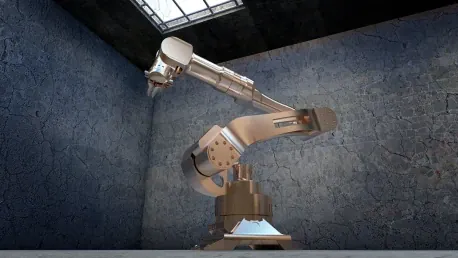The construction robotics market is on the brink of a remarkable expansion, with projections indicating a surge in market revenue from $22.7 million in 2018 to a staggering $226 million by 2025. This explosive growth will be driven by the deployment of over 7,000 construction robots undertaking a variety of construction and demolition tasks. The rising interest in construction robots is primarily fueled by their potential to combat labor shortages while significantly enhancing speed, efficiency, safety, and profit margins in the traditionally labor-intensive construction industry.
Diverse Applications in Construction
The construction robots market comprises several key segments, which include demolition, bricklaying, drilling, 3D printing, rebar tying, and load-lifting assistant robots. Among these, robot assistants are anticipated to witness the highest unit shipments. Following closely will be robots designated for infrastructure tasks, structural work, and finishing operations. This diversification in robotic applications exemplifies the expansive utility of these machines in various construction activities. Midsize and large construction firms are increasingly adopting these advanced robotics solutions to address both labor shortages and operational inefficiencies. The integration of these robots into building automation and Building Information Modeling (BIM) systems is notable, as it fosters higher accuracy and coordination in construction projects, ensuring that tasks are completed with precision and reduced human error.
Technological Integration and Market Insights
The construction robotics market is gearing up for a transformative expansion, with forecasts suggesting a leap in market revenue from $22.7 million in 2018 to an astounding $226 million by 2025. This phenomenal growth will be fueled by the deployment of more than 7,000 construction robots performing various tasks, including building and demolition work. The increasing fascination with construction robots stems largely from their ability to address labor shortages while greatly boosting speed, efficiency, safety, and profitability in the traditionally labor-intensive sector.
Notably, the integration of robotics in construction is seen as a game-changer, given the robots’ ability to perform repetitive and hazardous tasks that would otherwise pose significant risks to human workers. This technological advancement not only reduces the time taken to complete projects but also minimizes the margin for human error, leading to higher quality and more reliable outcomes. Additionally, the use of robotics in construction can help meet the growing demand for housing and infrastructure, directly responding to the pressing need for rapid urban development.









